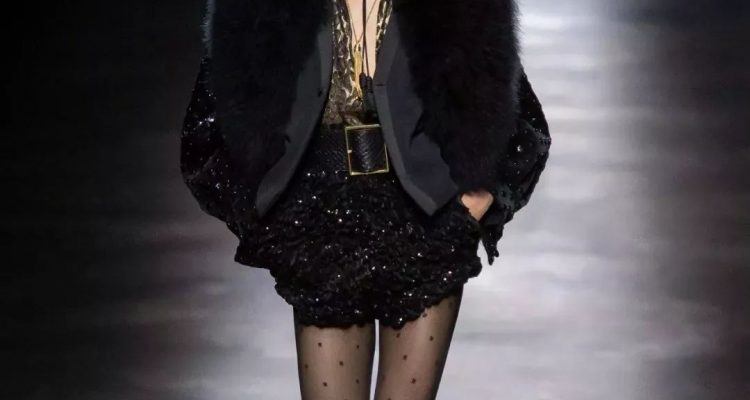Introduction:
Fashion and clothing have always been an integral part of human civilization. Throughout history, the way people dress has not only reflected their culture but also influenced societal norms. This article aims to explore the fascinating evolution of fashion and clothing across different periods, shedding light on how trends have emerged, transformed, and left a lasting impact on society.
Ancient Civilizations: Mesopotamia, Egypt, and Greece (3000 BCE – 500 CE):
One cannot discuss the history of fashion without acknowledging the influence of ancient civilizations. In Mesopotamia and Egypt, clothing was primarily made from plant fibers such as linen. The style was simple, with loose-fitting garments that covered the body. Ancient Egyptians showcased their wealth through clothing, while in Mesopotamia, societal roles were often indicated by dress.
In ancient Greece, clothing evolved into distinct styles for men and women. The toga and chiton were popular garments, reflecting the social status of individuals. Additionally, Greek fashion emphasized the importance of draping fabric gracefully around the body.
Medieval Period: Byzantine Empire and European Fashion (500 – 1500 CE):
During the medieval period, clothing became more elaborate and symbolic of social hierarchy. Byzantine fashion was heavily influenced by the Eastern Roman Empire, characterized by vibrant colors, intricate embroidery, and luxurious fabrics. The garments worn by emperors, empresses, and nobility displayed power and wealth.
In Europe, fashion varied significantly between regions and social classes. The rise of feudalism brought about a clear distinction between peasants and nobility. Knights adorned themselves in armor, while nobles wore lavish clothing embellished with fur, jewels, and ornate sleeves.
Renaissance: Revival of Art and Fashion (14th – 17th Century CE):
The Renaissance era is considered a pivotal point in fashion history. Inspired by the revival of classical art and culture, clothing underwent a radical transformation. Italy became the epicenter of fashion, with cities like Florence and Venice leading the way.
Fashion was an essential marker of wealth and status during the Renaissance. Women’s fashion focused on accentuating the natural shape of the body through corsets and voluminous skirts, while men’s attire included decorative doublets, breeches, and ruffs. The emergence of tailoring brought attention to proper fit and proportion.
Baroque and Rococo: Extravagance and Elegance (17th – 18th Century CE):
The Baroque and Rococo periods were characterized by opulence, grandeur, and excessive ornamentation. In European courts, clothing reached new heights of extravagance. Silhouettes became more exaggerated, and fabrics such as silk, lace, and velvet were in high demand.
In France, under the reigns of Louis XIV and Louis XV, court fashion became increasingly extravagant. The mantua, a loose gown worn over a petticoat, gained popularity among women, while men embraced elaborate coats, breeches, and powdered wigs. These fashions mirrored the luxury and excessiveness associated with the aristocracy.
Industrial Revolution: From Handmade to Mass Production (1760 – 1840 CE):
The Industrial Revolution marked a significant turning point in fashion history. With the advent of mechanization and mass production, clothing became more accessible and affordable. Textile mills emerged, revolutionizing fabric production.
During this era, fashion trends changed rapidly. The silhouette shifted towards a more natural form, emphasizing simplicity and functionality. Men wore tailored suits, while women opted for high-waisted dresses that allowed for greater mobility. The rise of department stores also influenced consumer behavior, enabling individuals to keep up with the latest trends.
20th Century: Fashion as a Reflection of Societal Changes:
The 20th century witnessed momentous changes in fashion, mirroring the dynamic shifts in society. From the Roaring Twenties to the Swinging Sixties and beyond, each decade had its unique style.
In the 1920s, women embraced a more liberated fashion with shorter hemlines and looser silhouettes, symbolizing their newfound independence. The 1960s revolutionized fashion with the rise of youth culture, embracing mod styles, mini skirts, and bold patterns.
Conclusion:
Fashion and clothing have evolved significantly throughout history, reflecting cultural, social, and technological changes. From the ancient civilizations to the modern era, trends have influenced not only how people dress but also their self-expression and identity. Understanding the history of fashion allows us to appreciate its ever-evolving nature, reminding us that clothing is much more than mere fabric; it is a reflection of our collective journey through time.


Leave a Reply